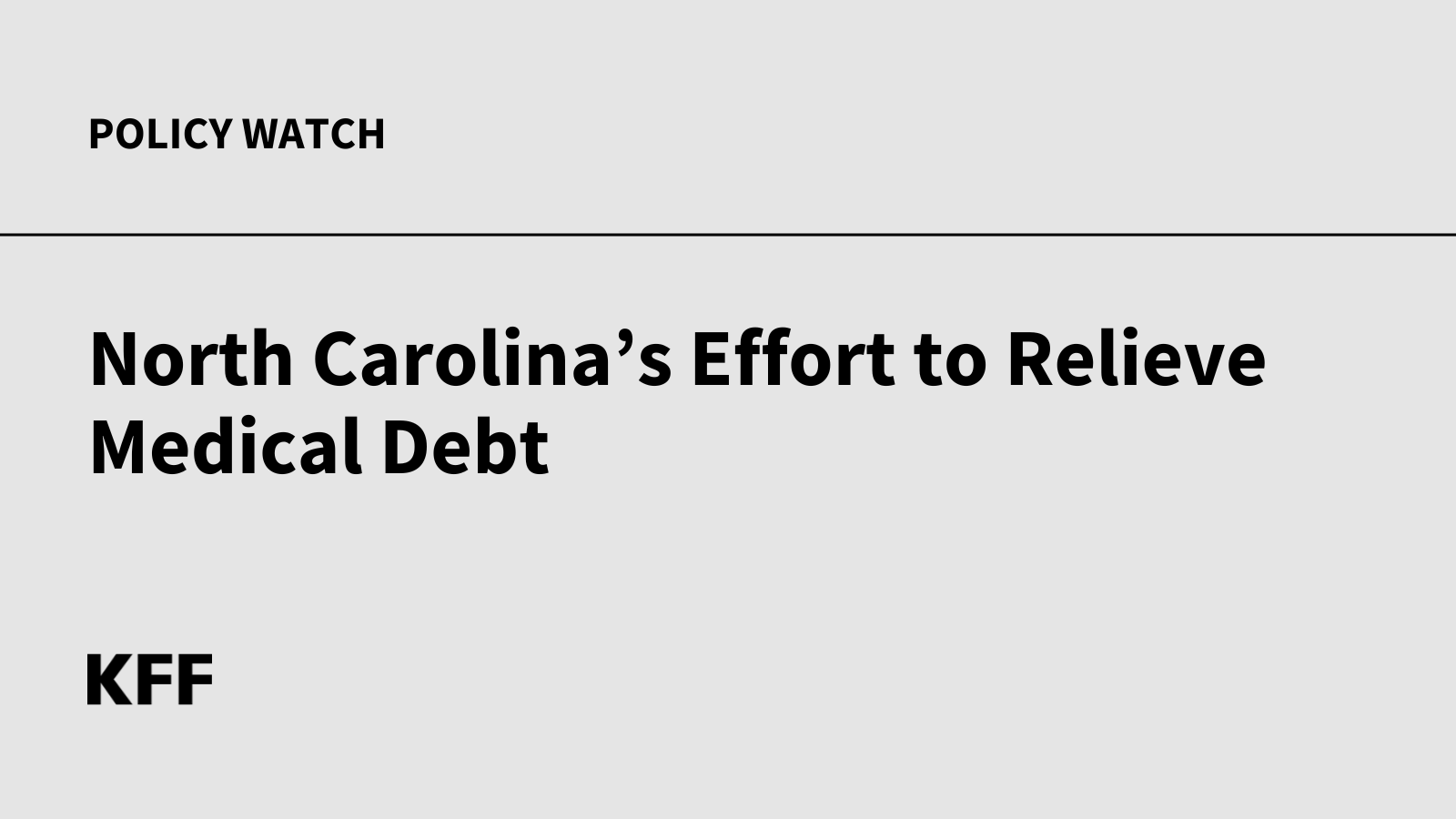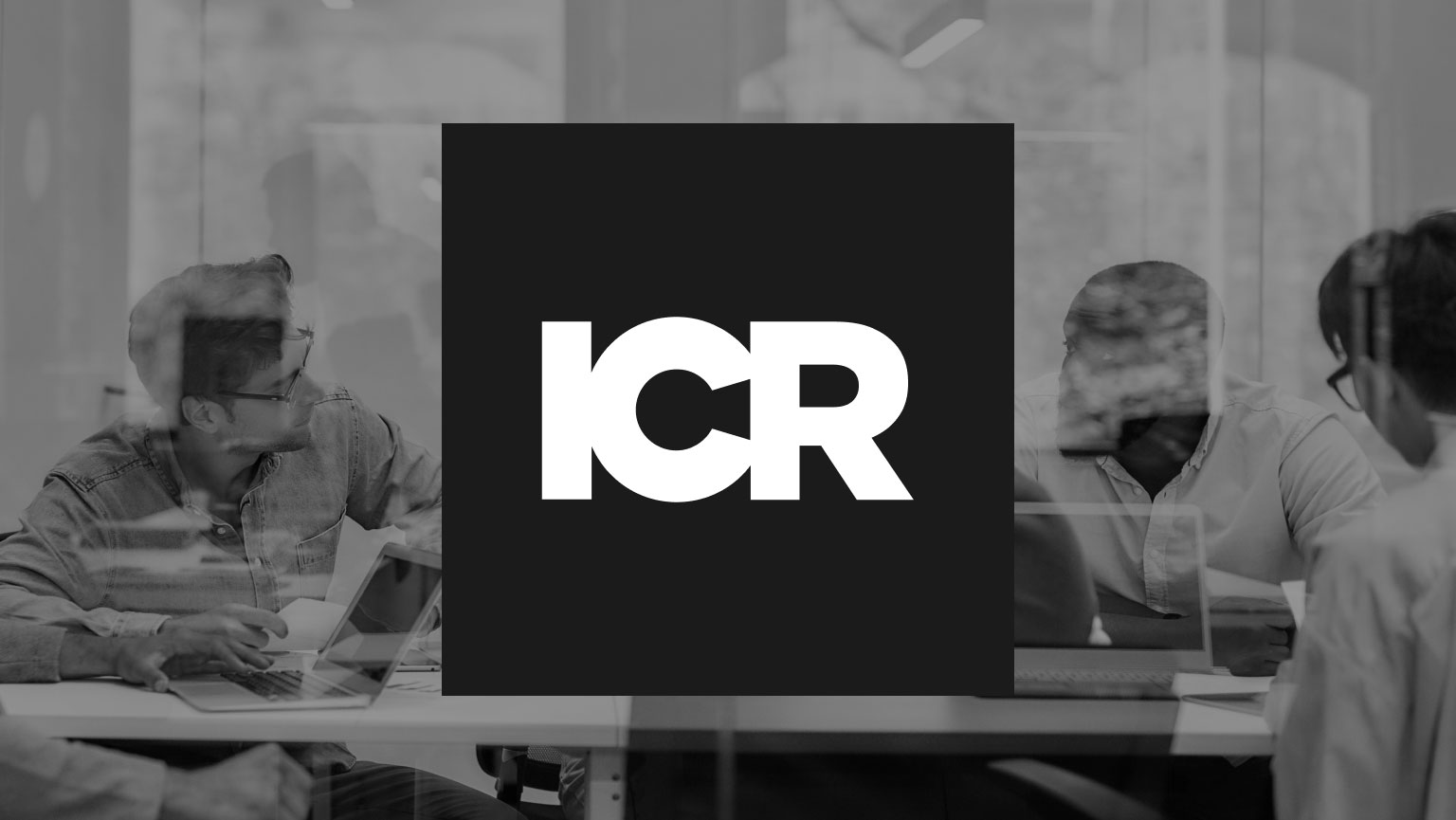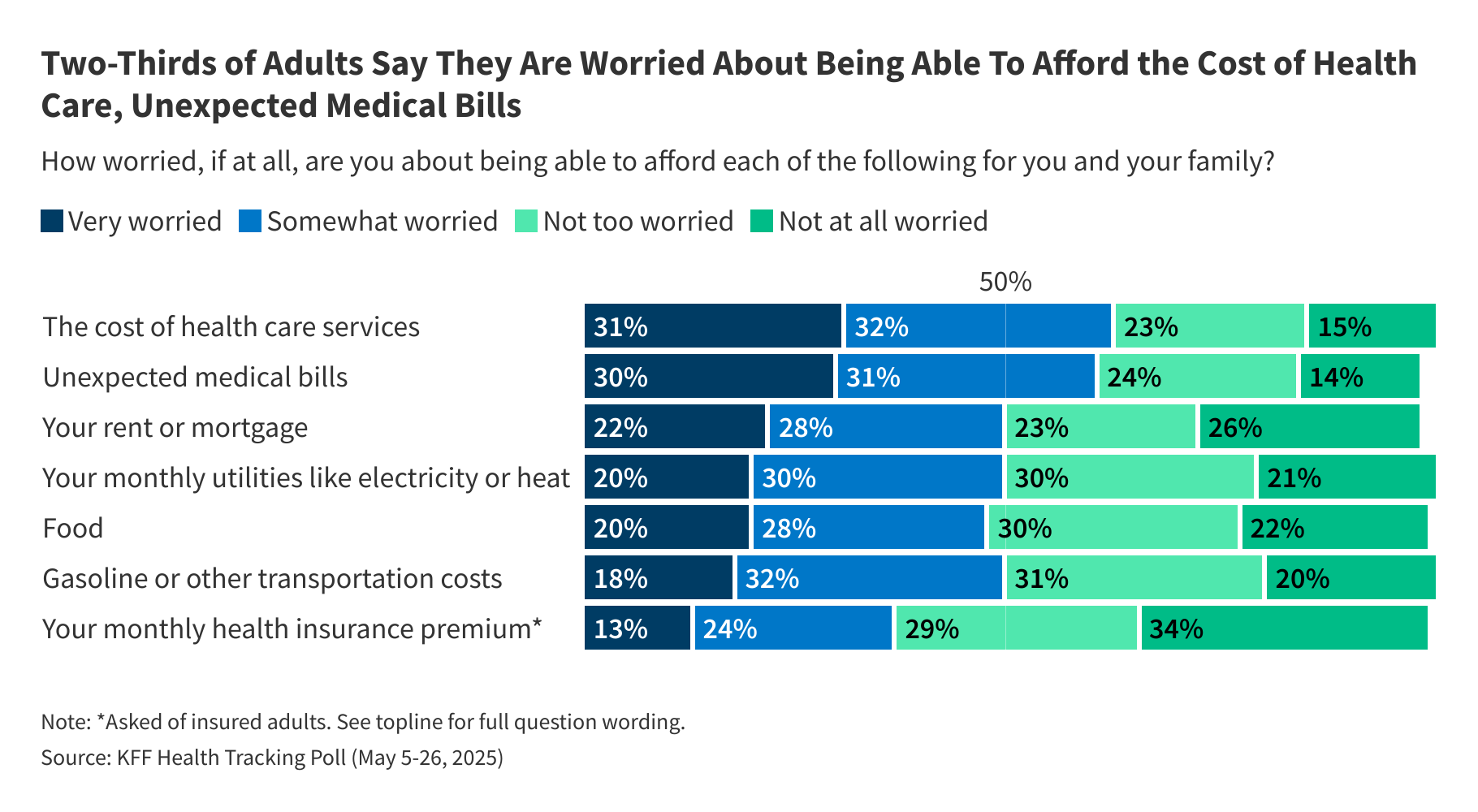On July 26, 2024, CMS approved North Carolina’s plan to incentivize hospitals with enhanced Medicaid payments to relieve up to $4 billion in existing medical debt for nearly 2 million people and to implement policies designed to prevent future medical debt. The state aims to improve the health and well-being of North Carolinians while supporting the financial sustainability of its hospitals. Many people face difficulties affording medical care and prescription drugs in the U.S., even those with insurance. Four in ten U.S. adults have debt due to medical bills. People with disabilities or in worse health, people with lower incomes, and people who are uninsured are more likely to have medical debt. A KFF poll suggests that people with medical debt are more likely to delay or skip needed care to avoid incurring more debt, cut back on other basic household expenses, take money out of retirement or college savings, or increase credit card debt. People with medical debt are also more likely to have other forms of financial distress. In September 2024, the Census Bureau released poverty measure estimates for 2023, including changes in poverty after accounting for certain “elements” (e.g., certain federal assistance or certain expenses). Among the elements included, “medical expenses” had the greatest effect on increasing the number of people in poverty in 2023—by an estimated 7.4 million.
Vice President Harris has supported efforts to address medical debt. In June 2024, Harris announced a proposal to remove medical debt from most credit reports and to prohibit lenders from using medical debt information to make credit eligibility determinations. Under the Biden-Harris administration, state and local governments have leveraged economic relief funds (from the American Rescue Plan Act) to cancel an estimated $7 billion in medical debt for up to nearly 3 million Americans. Building on these efforts, Harris has proposed to work with states to cancel medical debt for millions of Americans and to help them avoid accumulating medical debt in the future if she is elected president. This policy watch examines medical debt in North Carolina and the state’s new plan to leverage the state Medicaid program to address medical debt.
What is the burden of medical debt in North Carolina?
North Carolina was among the states with the highest reported share of adults (13.4%) with medical debt (2019-2021, pre- Medicaid expansion). The share of adults with medical debt varies considerably across the U.S. The national annual average (2019-2021) was 8.6%. The share of adults with medical debt is likely higher in the South because 7 states in the South (of 16) have not adopted the ACA Medicaid expansion, and the region has higher uninsured rates compared to other regions. In December 2023, North Carolina became the latest state to implement the expansion, reducing the number of low-income uninsured people without access to Medicaid.
According to KFF Health News reporting, many hospitals engage in aggressive collection practices that can have significant financial consequences for patients. However, little is known about hospital debt collection practices across the country and the medical debt carried by their patients. A 2023 report from Duke University and the North Carolina Office of State Treasurer found North Carolina hospitals sued thousands of patients from January 2017 through June 2022, generating millions of dollars in judgments for hospitals. Interest charges and other additional fees accounted for about a third of the total judgments against patients. Patients who had been sued by North Carolina hospitals described in interviews financial stress from the lawsuits, negative impacts on their physical health, and fear of seeking future health care.
How is North Carolina leveraging the state’s Medicaid program to provide medical debt relief?
The state is using its Medicaid program to incentivize hospitals to relieve medical debt for eligible North Carolinians and to prevent the accumulation of medical debt going forward. States are generally prohibited from directing how Medicaid managed care plans pay providers; however, states may implement certain “state directed payments” that require plans to adopt minimum or maximum provider payment fee schedules or provide uniform dollar or percentage increases (above negotiated base payment rates) to network providers (also see Box 1). When North Carolina implemented the ACA Medicaid expansion in 2023, the state also began the Healthcare Access and Stabilization Program (HASP), a state directed payment program for hospitals, as part of a broader strategy to support access to care for low-income North Carolinians. To incentivize hospitals to relieve medical debt (and prevent the future accumulation of debt), the state amended “HASP” to increase hospital state directed payments (to average commercial rates) for inpatient and outpatient hospital services for hospitals that agree to certain conditions (see Table 1). All of North Carolina’s eligible hospitals (99 hospitals) have committed to participating in the debt relief program (as of August 2024), which the state estimates may relieve up to $4 billion in existing medical debt for nearly 2 million low- and middle-income North Carolinians.
Box 1: State Directed Payments
States are generally prohibited from directing how a managed care plan pays its providers except for certain “state directed payments” that have been approved and reviewed by CMS.
State directed payments include:
- minimum or maximum provider payment fee schedules (e.g., tied to Medicaid FFS rates),
- uniform dollar or percentage increases (i.e., payment above negotiated base payment rates), and
- value-based payment arrangements.
State directed payments must be based on utilization and delivery of services covered under the managed care plan contract and must be reflected in capitation rate development and certification.
Most directed payments and directed payment spending are for uniform rate increases, most commonly for hospitals.
New managed care rules establish a payment ceiling for certain state directed payments. Provider payment levels for directed payments for hospital services, nursing facility services, and professional services at academic medical centers may not exceed the average commercial rate.
Recent reports indicate state directed payments have been a major factor in Medicaid expenditure growth in recent years, and the recently revised CBO Medicaid spending projections for 2025-2034 reflect a 4% (or $267 billion) increase, attributing half of the increase to expected growth in directed payments in Medicaid managed care.
Publisher: Source link









